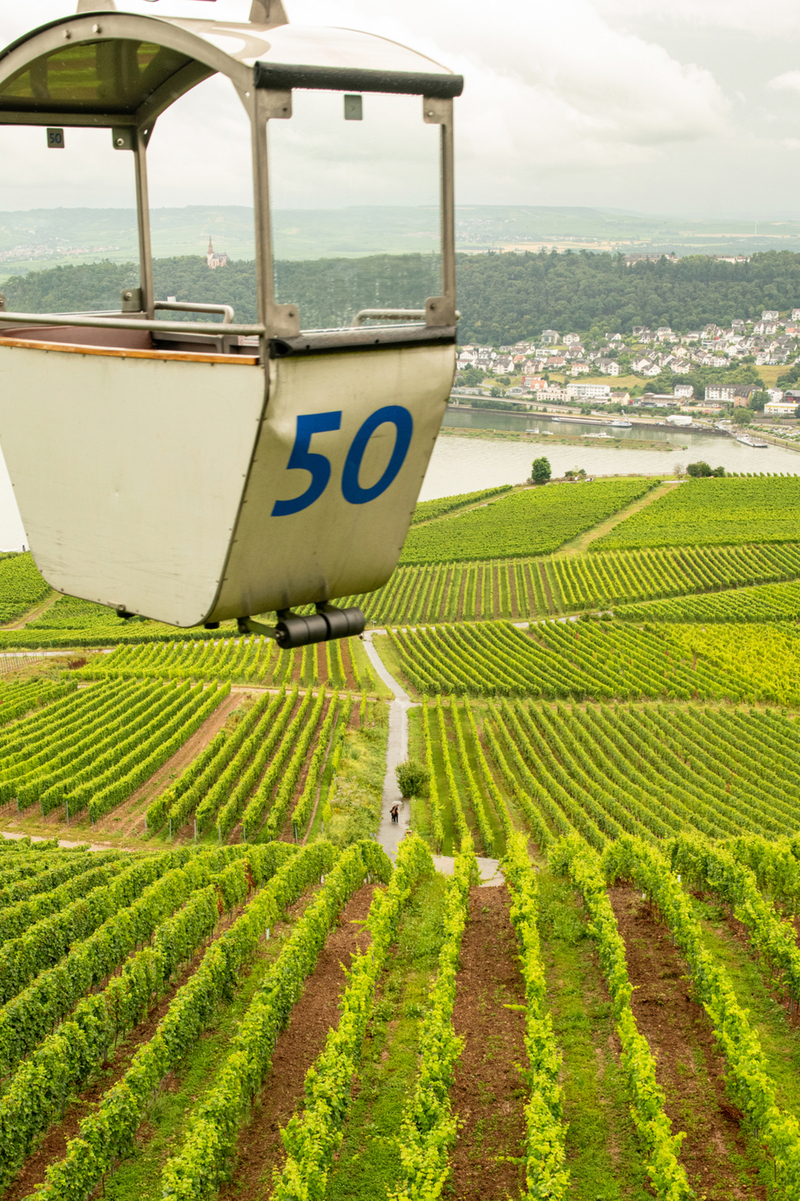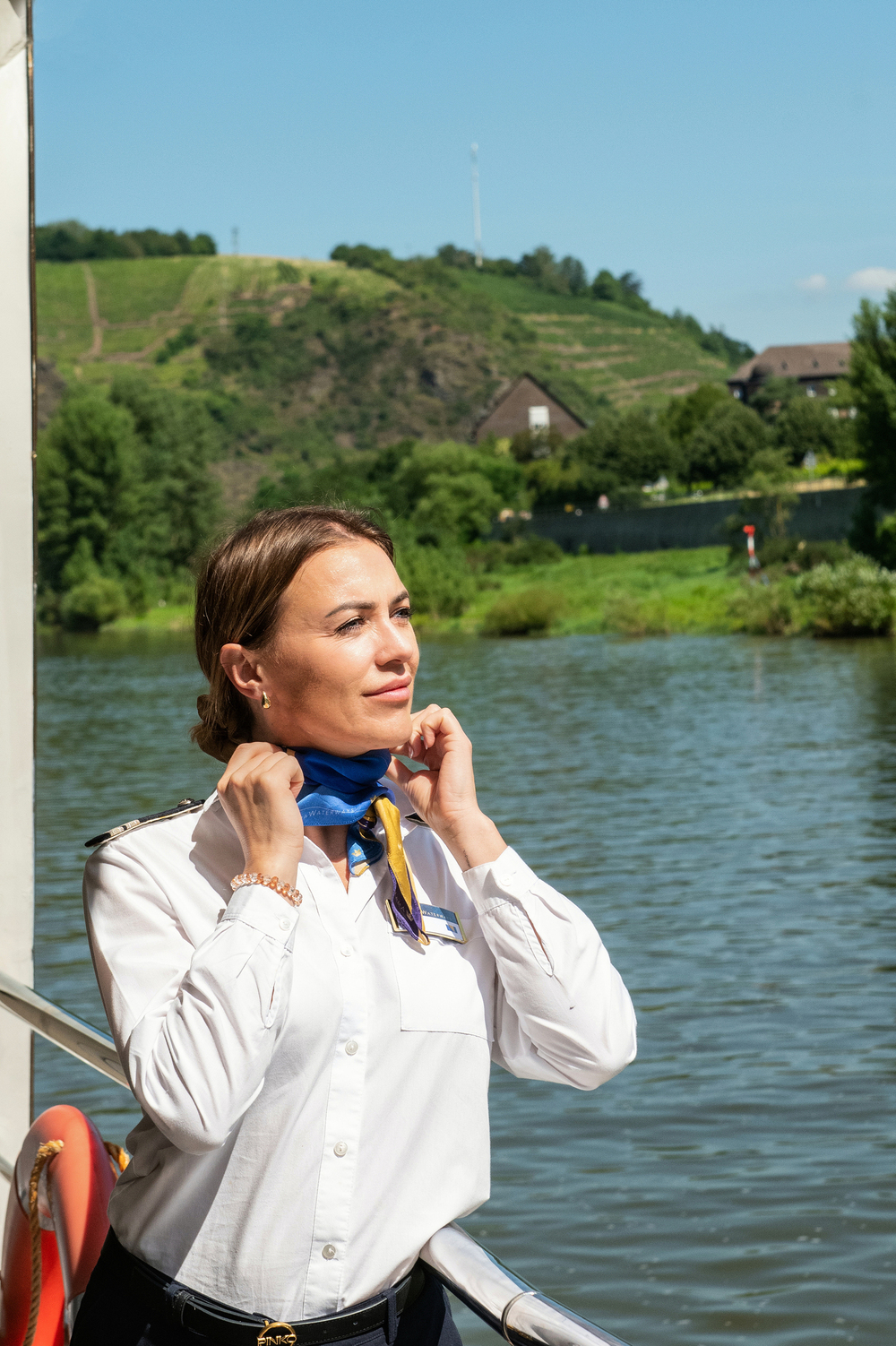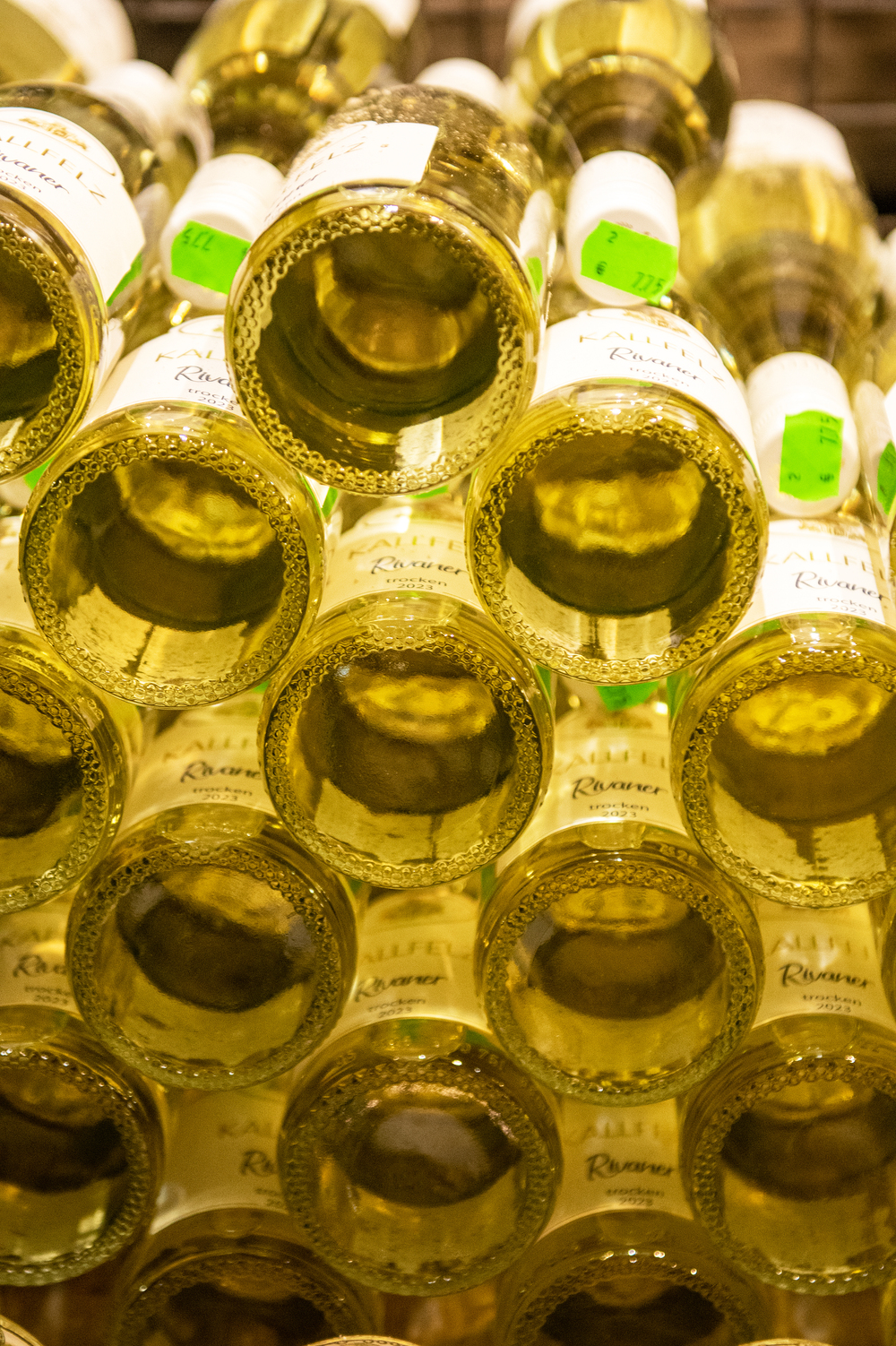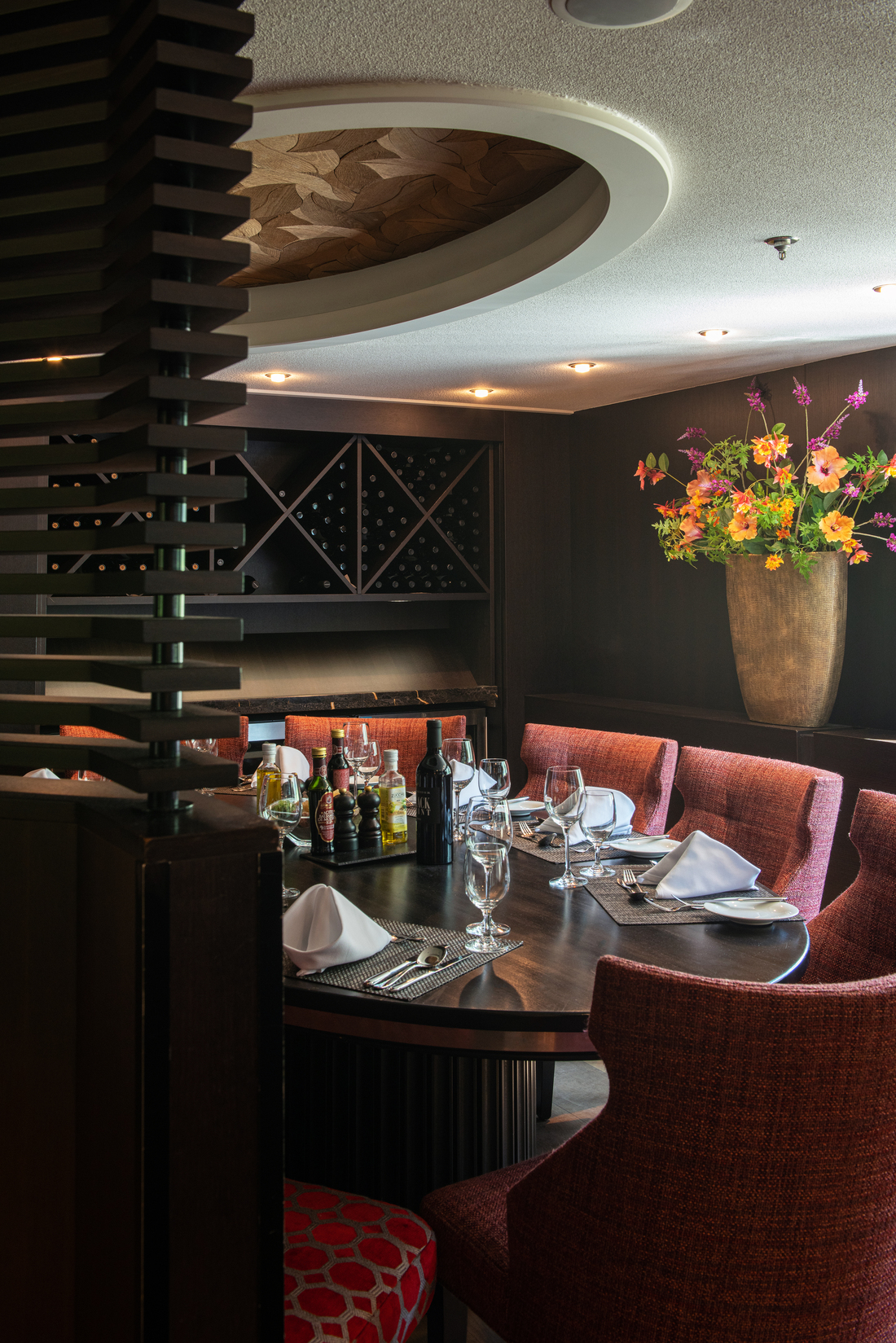For the best views of Europe's most beautiful wine region, ditch the car and head to the river.
Rhine and Mosel Valleys, Germany
Imagine a gondola gliding above a hillside blanketed with vineyards - a sweeping green landscape spreading out as far as the eye can see. In the valley below, Rudesheim's skyline of slate rooftops and onion domes frames the majestic flow of the Rhine.


We are on our third day of a cruise on AmaCerto, a luxury river ship in the AmaWaterways fleet. It's an intimate vessel with only 81 cabins, and everyone on this sailing is here for three reasons: wine, wine and more wine. After a beautiful start through water-shaped Amsterdam, the Dutch flatlands and Dusseldorf's pioneering architectures, we now venture into the depths of an oenophile journey through Germany's noblest and most famous wine region.
The first vineyards appeared on the steep riverbanks earlier in the morning, just after Koblenz, when we entered the Rhine Gorge. This 40-mile stretch of uninterrupted beauty is a landscape of history, borne witness by more than 40 castles (and legends, like the siren Lorelei, who tempted sailors to jump ship and swim ashore). Her rocky cliff is one of the most-awaited spots along this UNESCO-listed route.
Perched on nearly vertical slopes, the scenic Riesling vineyards become a constant, almost reassuring presence throughout our journey. Harvested mostly by hand, the "queen of grapes" adapts perfectly to the area's harsh climate. Riesling originated here on the Rhine.
"Without this weather, riesling would not have its elegance." explains Mary Jolie, our onboard wine host (visiting from Willamette Valley Vineyards in Oregon). She has become a point of reference for all the wine enthusiasts onboard. All of AmaWaterways' wine-themed cruises allow guests to sail with experts who bring bottles from their estates and compare them with local wines. Among the events are seminars, wine dinners and plenty of tastings.
"It's all about connections between Old and New World wines," Jolie continues. "I love all the different styles of rieslings they produce here. It's fun to be able to enjoy those alongside the varieties I brought from home."
"In a way, most European river cruises are already wine-related," says cruise manager Louis Egan. "The Romans introduced winemaking everywhere, and the river slopes give vines a safe environment in which to grow." AmaWaterways' wine-themed itineraries allow for a more intensive focus on the vineyards, with more wines to taste and sub-regions to explore.
Beyond biking and walking tours, there is a wine-tasting option with a local producer at every stop. Ask for a riesling, and expect more questions about what kind you want. "Perhaps a dry trocken, a fresh kabinett or a sweet auslese," winemaker Adolf Storzel suggests with a smile when we visit his 16th-century cellar in Rudesheim.


Also, there is a world beyond riesling, ranging from lightly floral muller-thurgau, the second most-planted grape in the country, to low-acidity sylvaner and aromatic scheurebe, an often-derided variety experiencing a bit of a renaissance.
Back to Koblenz on our fifth day of navigation, captain Dennis Visser steers toward the Mosel under the severe look of the first German Kaiser, whose equestrian monument dominates the confluence of the two rivers. The 'Rhine's little sister' is more peaceful - and equally enchanting.
Everything is even more about slow travel here. It's all about going with the flow, quite literally. Time is marked by the regular appearance of locks - 10 on the Mosel alone. Squeezing through each one is a breathtaking experience.
More surprises await, like Bernkastel, a romantic ensemble of half-timbered houses where the occasional grapevines poetically crawl their way up walls. Vineyards begin immediately after the last houses - a symbolic embrace that speaks loudly for the area's devotion to wine.